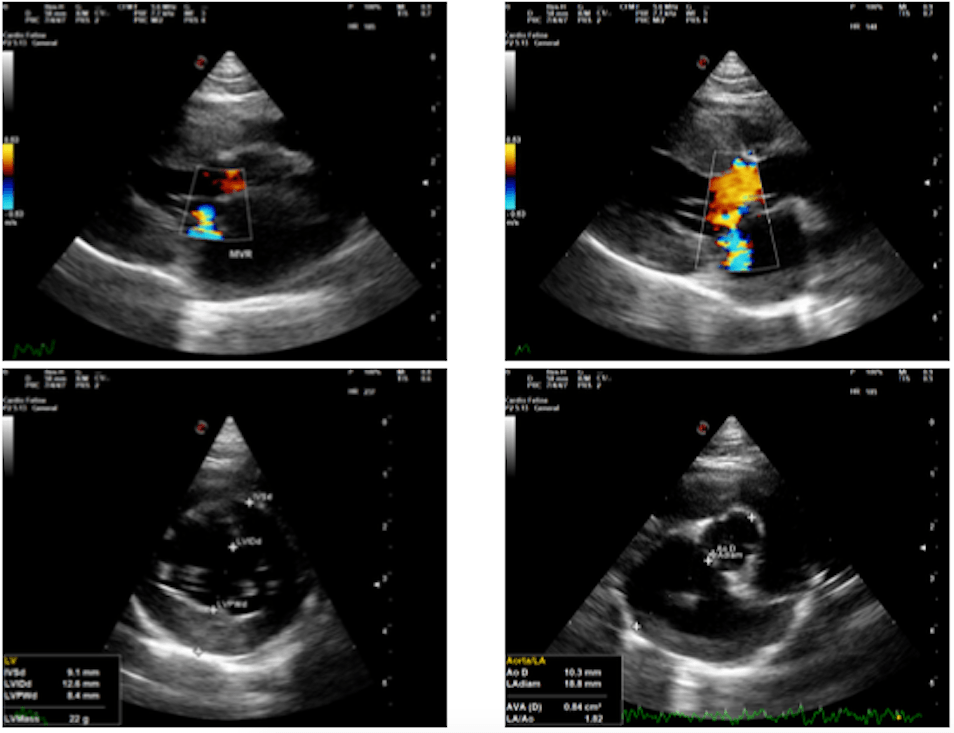
Understanding Echocardiography
Echocardiography is a non-invasive imaging technique that plays a crucial role in assessing cardiac function and identifying heart conditions in pets. With our advanced echocardiography equipment, veterinarians can obtain detailed images of the heart chambers, valves, and blood flow patterns, aiding in the diagnosis of congenital defects, murmurs, cardiomyopathy, and valvular diseases.
Understanding Echocardiography
Echocardiography is a non-invasive imaging technique that plays a crucial role in assessing cardiac function and identifying heart conditions in pets. With our advanced echocardiography equipment, veterinarians can obtain detailed images of the heart chambers, valves, and blood flow patterns, aiding in the diagnosis of congenital defects, murmurs, cardiomyopathy, and valvular diseases.

Benefits of Echocardiography Services
1. Accurate Diagnosis
Echocardiography allows veterinarians to accurately assess cardiac function and detect various heart conditions, including congenital defects, murmurs, cardiomyopathy, and valvular diseases.
2. Timely Intervention
Early detection of heart conditions through echocardiography enables veterinarians to intervene promptly, potentially preventing disease progression and improving patient outcomes.
3. Enhanced Monitoring
Echocardiography serves as a valuable tool for monitoring the progression of heart disease and assessing the response to treatment over time, facilitating adjustments as needed to ensure the best possible outcome for the patient.
How Echocardiography Works:
1. Imaging Process
During the procedure, the veterinarian utilizes an ultrasound probe placed on the patient’s chest to emit high-frequency sound waves. These waves create real-time images of the heart’s structures, including chambers, valves, and blood vessels.
2. Detailed Evaluation
The veterinarian carefully examines the echocardiogram images to assess cardiac function and detect abnormalities. Measurements of chamber dimensions, wall thickness, and blood flow velocities provide valuable diagnostic information.
3. Diagnostic Analysis
Based on the echocardiogram findings, the veterinarian interprets the data to diagnose various heart conditions such as congenital defects, murmurs, cardiomyopathy, and valvular diseases. This detailed analysis guides treatment planning and monitoring for optimal patient care.
Veterinary Services in Perth, WA
Abdominal Ultrasound
